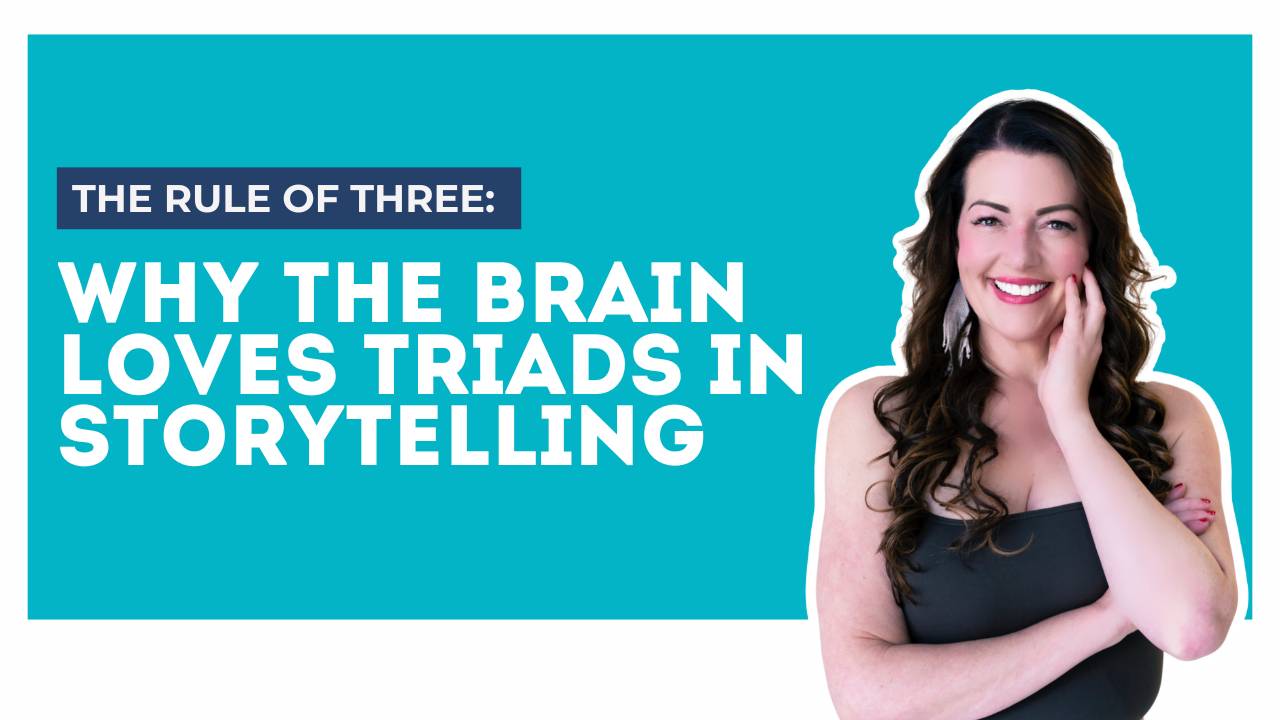The Rule of Three: Why the Brain Loves Triads in Storytelling

There’s something magical about the number three. In storytelling, speeches, and even comedy, groups of three just work. They capture attention, build rhythm, and stick in our minds long after the story is over. This isn’t just coincidence, it’s science and psychology working together to make your message memorable.
Think about it. Fairy tales use it all the time: The Three Little Pigs, Goldilocks and the Three Bears, Three Wishes. Politicians use it: “Life, liberty, and the pursuit of happiness.” Even marketers use it: “Just do it. Think different. Because you’re worth it.” The Rule of Three has quietly shaped some of the most powerful storytelling in human history.
Why Three Works
Our brains crave patterns, but we get bored quickly. Two feels incomplete like there’s something missing while four starts to feel like a list. Three hits the sweet spot. It’s long enough to establish a rhythm but short enough to remember.
When we hear a sequence of three, our brains light up. The first item sets the stage, the second builds anticipation, and the third delivers satisfaction. That pattern helps people feel completion, and in storytelling, emotional closure is everything. It’s the reason your audience nods when you reach your third point—they instinctively sense that you’re wrapping it all together.
How to Use the Rule of Three in Storytelling
If you’re writing a keynote, creating social content, or giving a business pitch, the Rule of Three is your best friend. Here’s how to put it to work:
-
Structure your message around three key points.
Audiences remember ideas presented in triads far better than long lists. Aim to communicate three takeaways, lessons, or themes. It keeps your story focused and digestible. -
Use repetition for rhythm and impact.
Phrases like “I came. I saw. I conquered.” or “Stop. Drop. Roll.” are unforgettable because they use three beats. The cadence makes your message feel intentional and complete. -
Tell stories in three parts: setup, conflict, resolution.
Every good narrative follows this structure. Whether you’re explaining a business journey or a personal transformation, take your audience through those three stages—they’ll stay hooked from start to finish.
The Power of Triads in Speaking
When you’re on stage, the Rule of Three also helps with pacing. Three points give your talk structure and give the audience time to digest your message. It’s why many TED Talks are built around three big ideas. It’s also why jokes often come in threes: the first two lines set the expectation, the third delivers the punchline.
Bringing It All Together
The next time you write or speak, think in threes. Three stories. Three lessons. Three takeaways. This simple rule adds clarity, confidence, and charm to your delivery.
The human brain loves patterns, and the Rule of Three is the storyteller’s secret weapon to making ideas stick. Use it, and your message won’t just be heard—it’ll be remembered.


